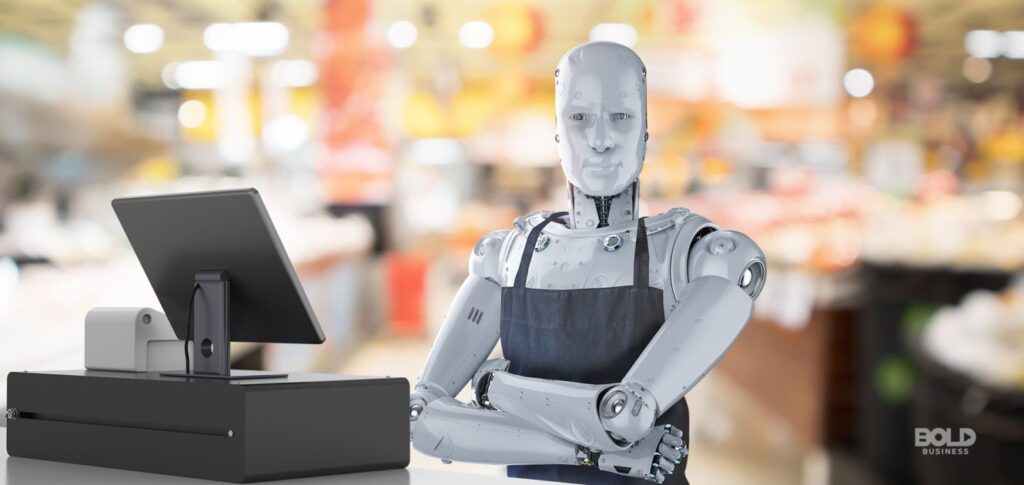Depending on the industry, by 2030, service robots should be able to fill as much as 30 percent of open positions. According to PwC’s analysis of the impact of robots on the Dutch labour market, Financieele Dagblad says that they might replace more than half of the sector’s human workers.
Using a service robot “helps staff to lift more, sort faster, or deliver stuff from A to B faster,” PwC chief economist Jan Willem Velthuijsen told FD. Robotic arms in factories, AI-powered apps like ChatGPT, and robots used in medicine are all examples.
PwC predicts that AI will greatly enhance these machines in the next years. Self-learning robots will have enhanced sensory capabilities, including greater vision, hearing, and communication. Because of this, various uses previously out of reach become feasible in service industries. Consider the catering, retail, and medical industries.
Different sectors that will get maximum benefit from robots
Nonetheless, Veldthuijsen said that the transportation and storage industries continue to see the greatest growth. By 2030, there are projected to be roughly 65,000 opportunities in this industry; robots can fill more than half of those positions. They could fill 46% of manufacturing positions, 36% of construction positions, and 35% of retail and wholesale positions.
The healthcare and education service sectors, which are already experiencing severe human resource shortages, stand to benefit less from robots. But in absolute terms, they can still make a big difference because so many people are employed in these fields. Service robots have the potential to fill 110,000 positions in the healthcare industry and 17,000 positions in the education sector.
PwC claims that the Netherlands is falling behind other European nations in terms of employing robots. In 2020, only 2% of enterprises in the Netherlands deployed them, below the EU average of 70%. PwC was unable to determine why this is the case, despite the fact that Dutch citizens have a positive attitude towards the machines, the cost of labour is high, there is sufficient capital available to invest in robotization in the Netherlands, and numerous tech firms in the country are developing such technologies.
According to Velthuijzen, worker resistance is to blame. Healthcare and education, two fields where robots can make a significant impact, tend to employ older humans who are less likely to embrace automation.
To read our article about “High end 21st century robot can play soccer in grass and mud” click here.
